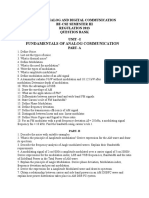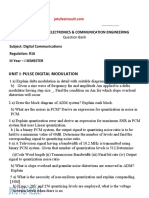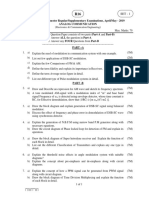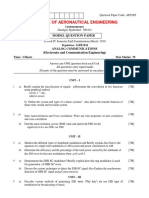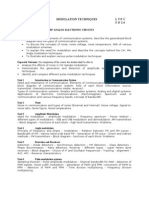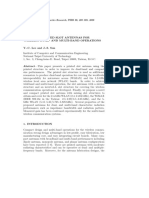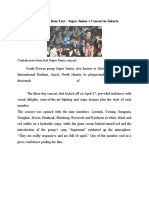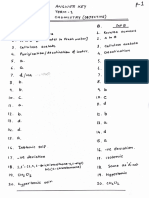0% found this document useful (0 votes)
33 views2 pagesData Communication Project
The document discusses analyzing and simulating pulse amplitude modulation and demodulation (PAM) as well as asynchronous transmission. It includes adjusting parameters for basic signals, drawing system block diagrams, observing input and output signals, and summarizing relevant theories.
Uploaded by
trtunglam02042004Copyright
© © All Rights Reserved
We take content rights seriously. If you suspect this is your content, claim it here.
Available Formats
Download as PDF, TXT or read online on Scribd
0% found this document useful (0 votes)
33 views2 pagesData Communication Project
The document discusses analyzing and simulating pulse amplitude modulation and demodulation (PAM) as well as asynchronous transmission. It includes adjusting parameters for basic signals, drawing system block diagrams, observing input and output signals, and summarizing relevant theories.
Uploaded by
trtunglam02042004Copyright
© © All Rights Reserved
We take content rights seriously. If you suspect this is your content, claim it here.
Available Formats
Download as PDF, TXT or read online on Scribd
/ 2



























